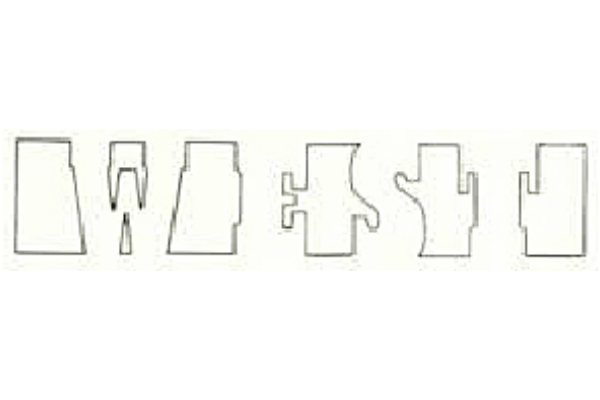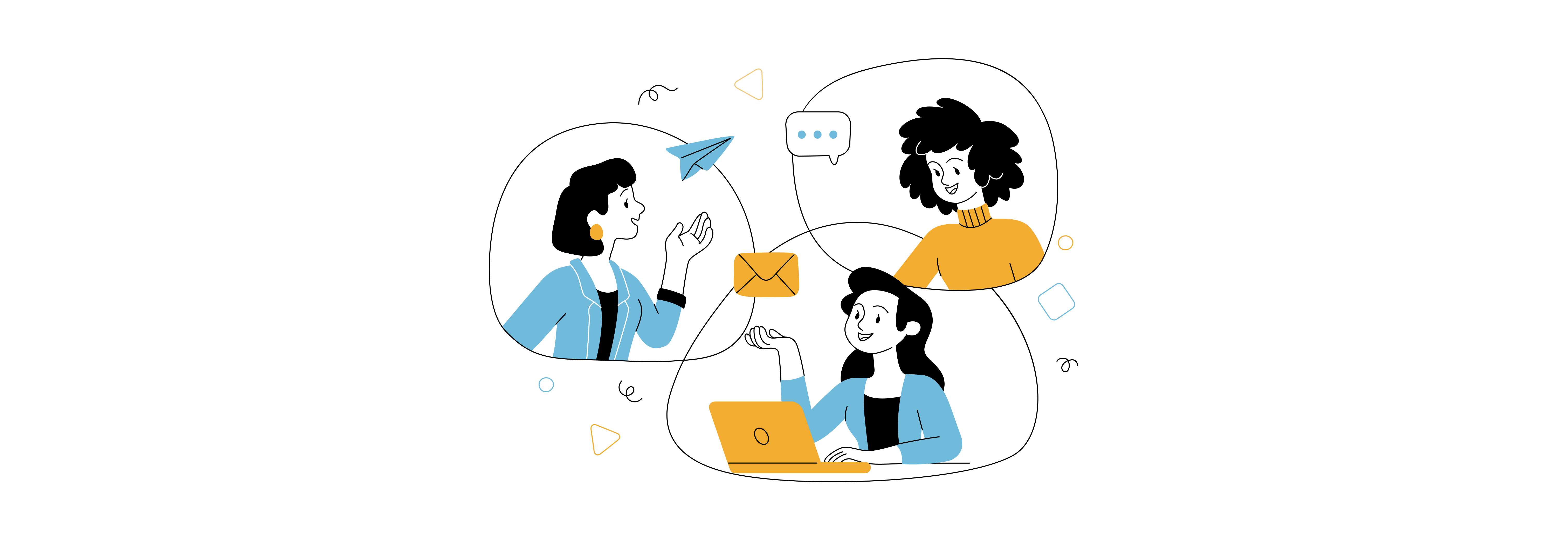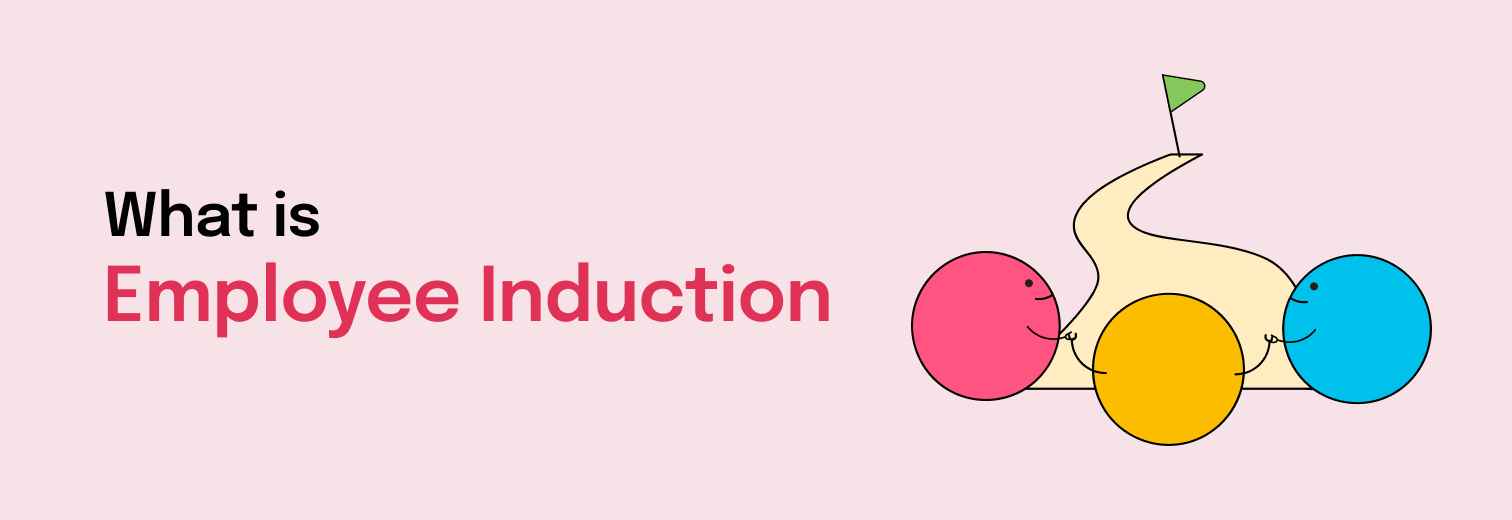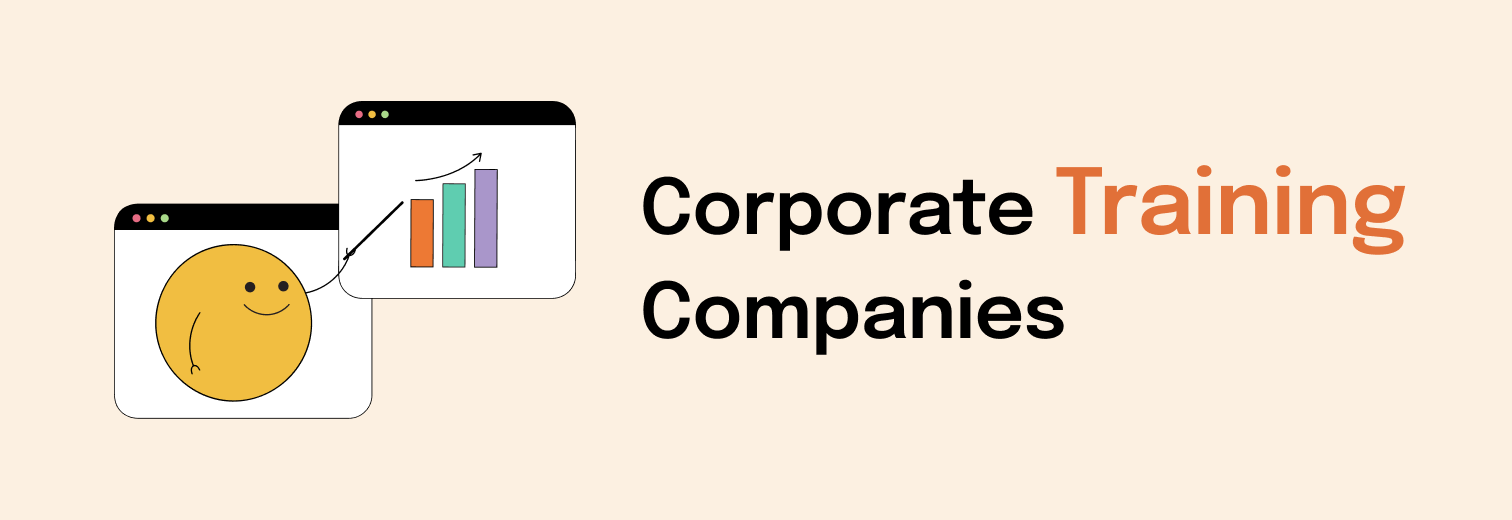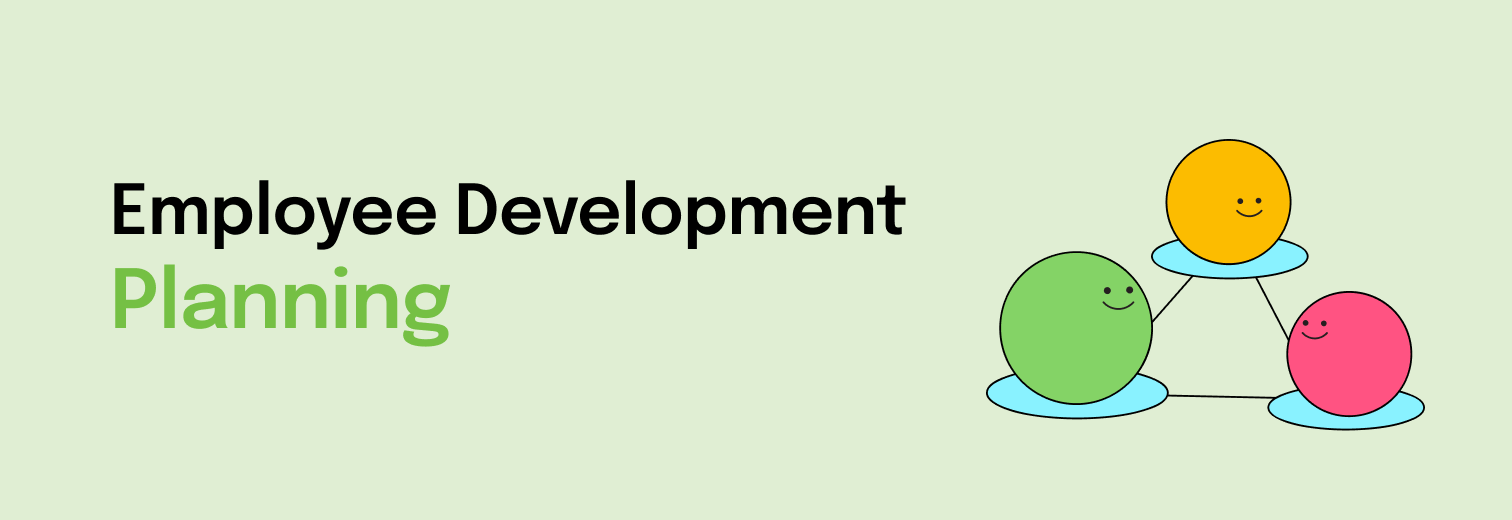
Look at the diagram above. What do you see? Do you see blocks of irregular shapes? Or do you see regular blocks of shapes resembling alphabets, even a word? Well, what we see will depend on which part of the diagram we look at, literally.
If we interface this with real life issues, we can also say that the way which we look at an issue depends on the perspective which we take at the point in time. In addition, the position which we take also depends very much on our personal inclination, personality type, upbringing, interest(s) and a host of other personal and sometimes very subjective factors. In short, we have a tendency to look at an issue in a certain way most of the time.
At the organizational level, organizations which remain on the cutting edge of technology, operations and processes respond to challenges swiftly because they take a multi-dimensional perspective of the issues facing them. Sure, a company can outsource to increase price and quality competitiveness but the competitive curve will plateau in time.
Increasingly the new core competence is creativity and innovation. In fact, many people are now calling it the Creativity Economy. “Think-out-of-the Box” – the catchphrase of many corporations during the Star Wars era, is enjoying another round of limelight and the innovation saga will continue, now for a longer period of time.
So, how do we, based on our inclinations and the tendency to look at things the way we are wired to – see things from a FRESH perspective?
An excellent tool is SCAMPER.
SCAMPER is easy to remember because it is a mnemonic and helps us think of changes we can make to an existing product or to create a new one. Companies or individuals can use these changes either as direct suggestions or as starting points for lateral thinking.
Developed by Bob Eberle in 1991, SCAMPER stands for:
| SUBSTITUTE | Think about substituting part of your product/process for something else. By looking for something to substitute you can often come up with new ideas. Typical questions:
|
| COMBINE | Think about combining two or more parts to achieve a different product/process or to enhance synergy. Typical questions:
|
| ADAPT | Think about which parts of the product/process could be adapted or think how you could change the nature of the product/process. Typical questions:
|
| MODIFY | Think about changing part or all of the current situation, or to distort it in an unusual way. By forcing yourself to come up with new ways of working, you are often prompted into an alternative product/process. Typical questions:
|
| PUT TO ANOTHER USE | Think of how you might be able to put your current solution/ product/process to other purposes, or think of what you could reuse from somewhere else. You might think of another way of solving a problem or finding another market for your product. Typical questions:
|
| ELIMINATE | Think of what might happen if you eliminated various parts of the product/process consider what you might do in that situation. This often leads you to consider different ways of tackling any issue. Typical questions:
|
| REVERSE | Think of what you would do if part of your product/process worked in reverse or done in a different order. What would you do if you had to do it in reverse? You can also use this to see your issue from different angles and come up with new ideas. Typical questions:
|
Below are three examples which illustrate the SCAMPER tool.
Example 1:
Objective: I want to invent a new type of pen.
| SUBSTITUTE | – | ink with dye, nib with knife |
| COMBINE | – | writing with cutting, holding with opening |
| ADAPT | – | pen top as container |
| MODIFY | – | body to be flexible |
| PUT TO OTHER USES | – | use to write on wood |
| ELIMINATE | – | clip by using velcro |
| REARRANGE | – | nib to fold outwards |
Example 2:
Imagine that you are a producer of computers and printers, and you use SCAMPER to aid you in the process of looking for new products.
| SUBSTITUTE | – | use of virtual resources hosted on the internet? |
| COMBINE | – | integrate computer and printer, printer and scanner |
| ADAPT | – | put high quality ink in printer, use high quality paper |
| MODIFY | – | produce different shape, size and design of printer and computer |
| PUT TO OTHER USES | – | printers as photocopies or fax machines |
| ELIMINATE | – | eliminate hard disks, colour ink etc… |
| REARRANGE | – | make computer desks as well as computers and printers, or computer chairs etc… |
NB. Many of the ideas may be unfeasible or may not suit the equipment used by the manufacturer, but some ideas could be good starting points for discussion of new products.
Example 3:
You are a manufacturer of nuts and bolts, and you are looking for new products. SCAMPER would give you:
| SUBSTITUTE | – | use of high tech materials for niche markets, such as high speed steel? Carbon fiber? Plastics? Glass? Non-reactive material? |
| COMBINE | – | integrate nut and bolt? Bolt and washer? Bolt and spanner? |
| ADAPT | – | put Allen key or Star head on bolt? Countersink head? |
| MODIFY | – | produce bolts for watches or bridges? Produce different shaped bolts (e.g. screw in plugs)? Pre-painted green bolts? |
| PUT TO OTHER USES | – | bolts as hinge pins? As axles? |
| ELIMINATE | – | Eliminate nuts, washers, heads, thread, etc. |
| REARRANGE | – | make dies as well as bolts, make bolts that cut threads for themselves in material, etc. |
In Conclusion:
Human resource remains and will remain as the mainstay of the Creativity Economy.
Is your company ready for the innovation challenge? More specifically, how can you use SCAMPER to relook at the problems you are facing in your business?
Article contributed by Leonard Kok, Facilitator at FOCUS Adventure Singapore
